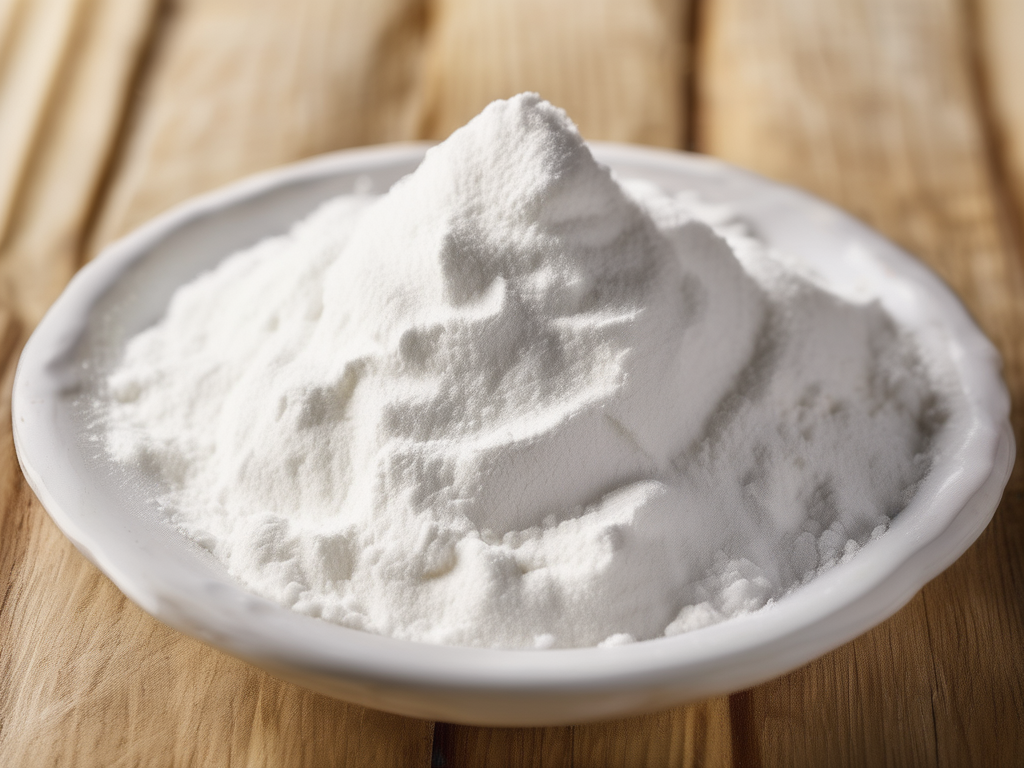
How to Store Cornstarch Long-Term Without Clumping
Get Your Free Food Safety Cheat Sheet
30 most common foods with instant answers. Print it and stick it on your fridge—completely free!
How to Store Cornstarch Long-Term Without Clumping
Cornstarch is a versatile ingredient used in cooking, baking, and as a thickening agent in various recipes. However, storing cornstarch long-term can sometimes lead to clumping, affecting its texture and usability. In this guide, we will explore the best practices for storing cornstarch to prevent clumping and ensure its quality over an extended period. (Cornstarch)
Why Proper Storage Matters for Cornstarch
Proper storage of cornstarch is essential to maintain its quality and prevent clumping. When exposed to moisture or humidity, cornstarch can absorb water, leading to clumping and a change in texture. Additionally, exposure to air and light can also affect the quality of cornstarch over time. By following the right storage techniques, you can prolong the shelf life of cornstarch and ensure that it remains fresh and free from clumps.
Factors Affecting Cornstarch Storage
Several factors can impact the storage of cornstarch and contribute to clumping. Understanding these factors is crucial for implementing the right storage practices:
- Moisture: Cornstarch is highly absorbent and can easily clump when exposed to moisture.
- Humidity: High humidity levels can accelerate clumping in cornstarch.
- Air Exposure: Cornstarch can absorb odors and flavors from the surrounding air, affecting its quality.
- Light: Exposure to light can degrade the quality of cornstarch over time.
Best Practices for Storing Cornstarch Long-Term
To store cornstarch long-term without clumping and maintain its quality, follow these best practices:
1. Choose the Right Container
Selecting the appropriate container for storing cornstarch is crucial to prevent clumping and maintain freshness. Opt for a container that is airtight, moisture-proof, and opaque to protect the cornstarch from light exposure.
2. Store in a Cool, Dry Place
Cornstarch should be stored in a cool, dry place away from heat sources and direct sunlight. Avoid storing cornstarch near the stove, oven, or any areas prone to moisture buildup, such as the sink or dishwasher.
3. Use Desiccant Packs
Placing desiccant packs or silica gel packets in the container with cornstarch can help absorb excess moisture and prevent clumping. Ensure the desiccant packs are food-safe and suitable for use with cornstarch.
4. Avoid Temperature Fluctuations
Fluctuations in temperature can impact the quality of cornstarch and contribute to clumping. Store cornstarch in a consistent temperature environment to maintain its texture and usability.
5. Keep Away from Strong Odors
Cornstarch can absorb odors from strong-smelling foods, spices, or cleaning agents. Store cornstarch away from items with potent odors to prevent flavor contamination.
6. Check for Signs of Spoilage
Periodically check the cornstarch for any signs of spoilage, such as unusual odor, discoloration, or clumping. If you notice any changes, discard the cornstarch and replace it with a fresh supply.
Conclusion
Proper storage is essential to maintain the quality and usability of cornstarch over an extended period. By following the best practices outlined in this guide, you can store cornstarch long-term without clumping and ensure that it remains fresh and ready to use in your favorite recipes. Remember to choose the right container, store in a cool, dry place, use desiccant packs, avoid temperature fluctuations, keep away from strong odors, and regularly check for signs of spoilage to enjoy the benefits of cornstarch in your culinary creations.
For more tips on cornstarch and other food storage guidelines, visit cornstarch. (Cornstarch)
Related Posts
Here are some other articles you might find helpful:
Authoritative Food Safety References
These agencies and university labs inform every tip and health precaution we publish.
USDA FoodKeeper – Cold Storage Guidelines
Official refrigerator, freezer, and pantry timelines maintained by the U.S. Department of Agriculture.
Visit USDA FoodKeeperFDA Produce Safety Rule & Grower Guidance
Field-to-fridge handling practices that prevent contamination of fruits, vegetables, and leafy greens.
Visit FDA Produce SafetyCDC Foodborne Illness Prevention Hub
Surveillance-backed guidance on pathogens, symptoms, and steps to reduce foodborne illness risk.
Visit CDC Food SafetyUC Davis Postharvest Technology Center
University research detailing optimal storage atmospheres for produce after harvest.
Visit UC Davis PostharvestPenn State Extension – Home Food Preservation & Safety
Peer-reviewed extension bulletins on safe canning, chilling, and reheating practices.
Visit Penn State ExtensionGet Your Free Food Safety Cheat Sheet
30 most common foods with instant answers. Print it and stick it on your fridge—completely free! Want more? Upgrade to the complete guide with 70+ foods.
Scan your food directly and get instant safety info using our AI-powered camera feature.